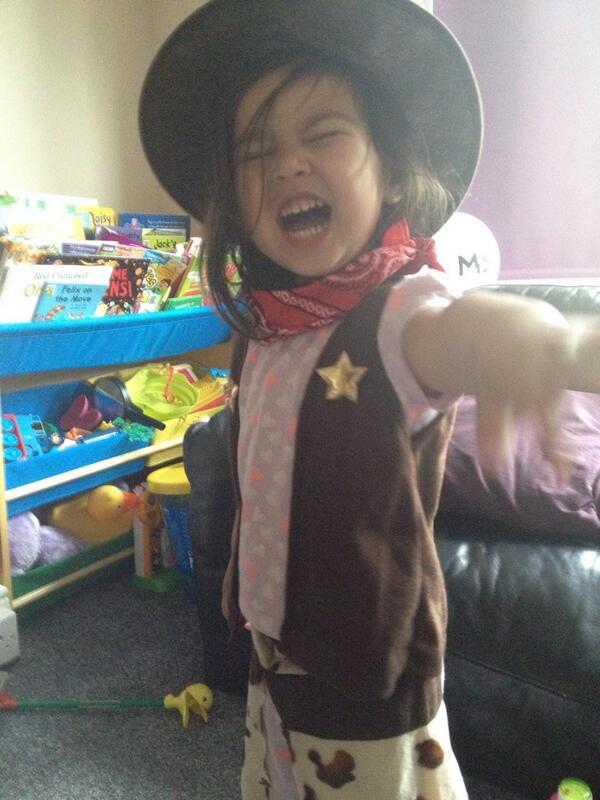A summarySome of the background research on play, careers and gender, for those who are interested:
Other research has found that boys’ aspirations emphasised possessions and money, whereas girls’ aspirations people and that these aspirations hold true for all the three grade- levels studied (2nd (7-8 year old), 4th, and 6th grades (10-11) year olds) (Helwig (1998a) Francis (1998) argued that occupational aspirations of boys and girls is a consequence of social learning to generate “gender category maintenance”. These ideas are closely linked to Bandura’s (1986) ’Social Learning Theory’ which has also been used to explain gender stereotyping of occupations where role models such as parents, teachers and other adults encourage young people to make gender-typical choices. For example, Stockard and McGee (1990) in a study of fourth-graders (9-10 year olds) about their preferences for 21 occupations found that gender was by far the highest predictor of preferred occupation by both sexes. However, these findings were challenged by Whitehead (1996) who found that while boys who had a sex-stereotyped view of subjects also maintained sex-stereotyped attitudes towards occupations and roles; with girls no association was found.
Interestingly Flouri and Panourgia (2012) in a study of the career aspirations of seven-year- olds found that at this age they were very ambitious with over 80% showing preferences to be managers, professionals or associate professional, however, both the boys and girls had preferences for traditional gender-stereotyped occupations e.g. girls said they wanted to be a hairdresser or a teacher and boys chose fire fighter and police officer. In addition, they could not be considered realistic, with the most popular choices being teacher, hairdresser, sports player, fire fighter, police officer, scientist, artist, actor/entertainer, animal carer, vet, doctor and builder. Similar findings were established by Butler (2005) who looked at the career aspirations of primary school children in Wales and found that the young people had ideas about career from age six but that they were both un-realistic and gender-stereotyped.
Here's a rundown of highly-genderedgendered toys for very small children:
Notice how the girls’ items direct and confine a girl’s attention inward towards herself, whilst the boys’ items direct the boys’ attention outward towards his physical world, where there are limitless possibilities. The tool box lays the foundations for boys’ greater spatial awareness and understanding of physics (i.e. how objects interact with one another). It encourages movement and coordination. The (i.e. how objects interact with one another). It encourages movement and coordination. The toiletry box on the other hand, teaches girls that they can (and indeed should) focus all their efforts on boosting their attractiveness.

